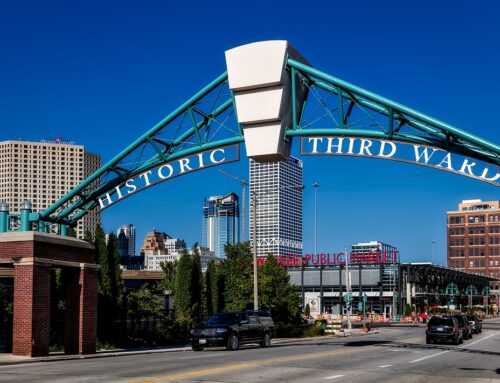The two main components of brick matching are color and size.
Having matched bricks is important because if you can’t find new bricks that are the same color and size, your new brickwork will look out of place or sloppy. This, in turn, can affect the value of your property.
So, before you start extending that brick wall, adding a new brick fire pit, or making repairs to your brick building, check out these brick matching tips. This size and color brick guide can help you make the right choices.
Why Does Size Matter?
When you’re looking for new bricks, matching their size to the original bricks can be more important than matching the color. Why? Because color can be changed, but size cannot.
The mason will have a hard time laying bricks that aren’t the same size. If the length and face height of the new bricks don’t match the original bricks, you’ll end up with an irregularly shaped wall. This type of wall will look sloppy, and in some cases, it won’t even match up with the original one.
Why Does Color Matter?
You don’t have to exactly match the color of your new bricks with your old bricks, but the closer you get, the easier your job will be.
When it comes to color, there are three things you need to keep in mind.
The blend: A blend is made up of different colored, patterned bricks. A brick wall that has four different colored bricks is called a four-way blend.
Each color in this blend has to match. If even one color is slightly off, the non-matching color will look obviously out of place.
The percentage: A four-way blend might have one color that makes up 40% of the wall, a second that makes up 30%, a third that makes up 20%, and a fourth that makes up 10%.
Your new matching brickwork must make up the same percentages with the same colors. If the color that should only make up 20% of the wall suddenly makes up 30%, the wall will look sloppy.
The arrangement: All the colors in your matching brick must be arranged the same way as the original brick. If your black bricks never touched red bricks in the original design, they must not touch in the matching brick either.
These rules may make it difficult to find the right brick for your new project, but the effort and patience required are worth the result.
How to Match Brick
The best way to find the right kind of matching brick is to track down the original manufacturer of your old brick. Unfortunately, this might be harder than it seems.
Sometimes a manufacturer will change facilities. Though they might make the same type of brick by name, the switch in raw materials, machinery, and process that comes with changing facilities can make the brick look much different than it did before.
If you can’t find the original brick, look for something that’s the same size and the same texture as your original brick.
What if the Color Doesn’t Match?
Just get the color as close as possible. If it doesn’t match your original brick, you can stain it the right color.
Make sure your brick is absorbent (you can find out with a simple water test) and use a proven masonry stain system. This will take more work than usual, but it will make your matching bricks look the same as the original bricks.
Get the Best Brick Matching
Matching brick color and size can be a long process, but being patient and looking at all your options will get you the best result. If you just settle for something that doesn’t match to save time, you’ll end up with sloppy, discolored brickwork.
Need some help with your brick matching? If your project is near Milwaukee or in southeastern Wisconsin, we may be able to help you. Take a look at some of our services.



